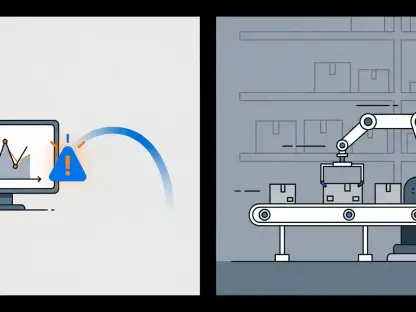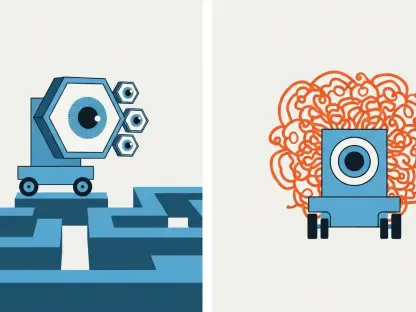With AI chatbots swiftly becoming mainstays in the healthcare industry, a crucial question emerges: how much trust can we place in these artificial interlocutors for medical advice? A recent study reveals that most users are unaware of AI’s limitations, raising alarming concerns. Imagine receiving a seemingly authoritative diagnosis from an AI, only to discover it’s misguided and lacking crucial disclaimers. Without safety nets, the potential for harm looms significantly over trusting patients.
The Importance of Disclaimers in AI
AI chatbots have infiltrated diverse sectors, with healthcare prominently among them. They promise to revolutionize patient care with instant advice and answers. Historically, medical disclaimers have been vital in preserving the integrity and trust between AI systems and users. These disclaimers clarify that AI lacks the qualifications of licensed healthcare professionals and should neither replace nor undermine expert consultation. As disclaimers vanish, the risk escalates for public misinformation, perpetuating potentially harmful scenarios.
Core Challenges and Emerging Trends
A Stanford-led study observed a sharp decline in disclaimers from AI chatbot outputs from 2025 onward. This decline reflects a broader industry shift among leading players like OpenAI and Google. As chatbots become more sophisticated, user trust inadvertently increases. However, this unwavering trust could backfire, especially when AI provides erroneous diagnostic advice without caveats. The absence of disclaimers in such contexts is troubling, particularly when AI inadvertently misguides users in crucial health decisions.
Expert Insights and Research Analysis
Experts such as Sonali Sharma maintain that AI, despite impressive diagnostic capabilities, often falls short in management reasoning that involves intricate decision-making. Dr. Adam Rodman highlights AI’s limits, advocating for empirical validation in diagnostic contexts. Similarly, Dr. Andrew Albano calls for transparency, emphasizing stringent measures to differentiate AI’s role in healthcare. Their collective narratives underscore both potential benefits and systemic challenges of integrating AI into patient care.
Practical Steps for Reintroducing Disclaimers
To mitigate the risks posed by disclaimer omission, AI developers need to reinstate clear cautionary notes in their outputs. Implementing context-specific disclaimers for medical advice ensures clarity and informs users of AI limitations. Collaboration between healthcare providers and AI developers is crucial, promoting the introduction and consistent evaluation of disclaimers. Such cooperative frameworks can maintain transparency while enhancing user confidence and safeguarding patient safety.
In conclusion, while AI’s advancement within healthcare holds immense promise, the failure to communicate such limitations with disclaimers must be urgently addressed. Strategies to reintegrate these safeguards are crucial to preserve trust and ensure safe AI deployment. Understanding AI’s advisory confines will be essential in maximizing technology’s potential while protecting consumers from unwarranted or perilous health guidance.









